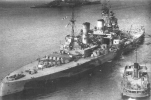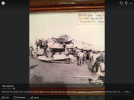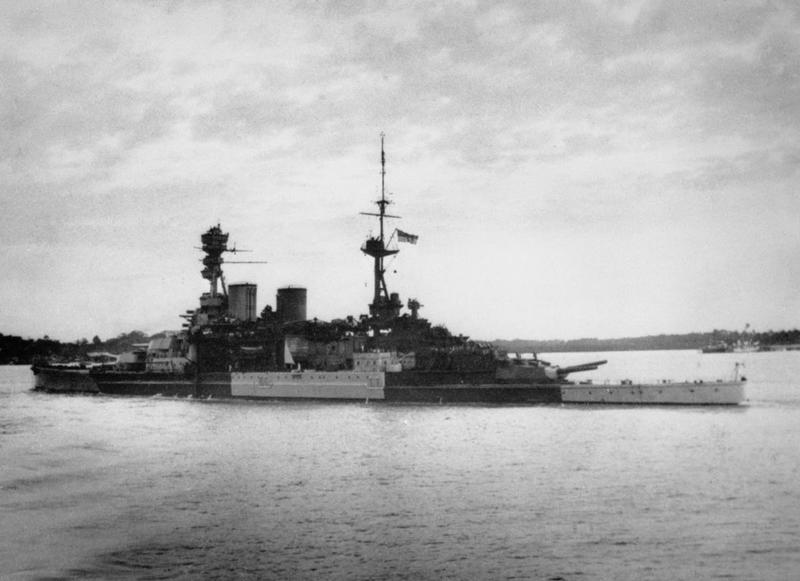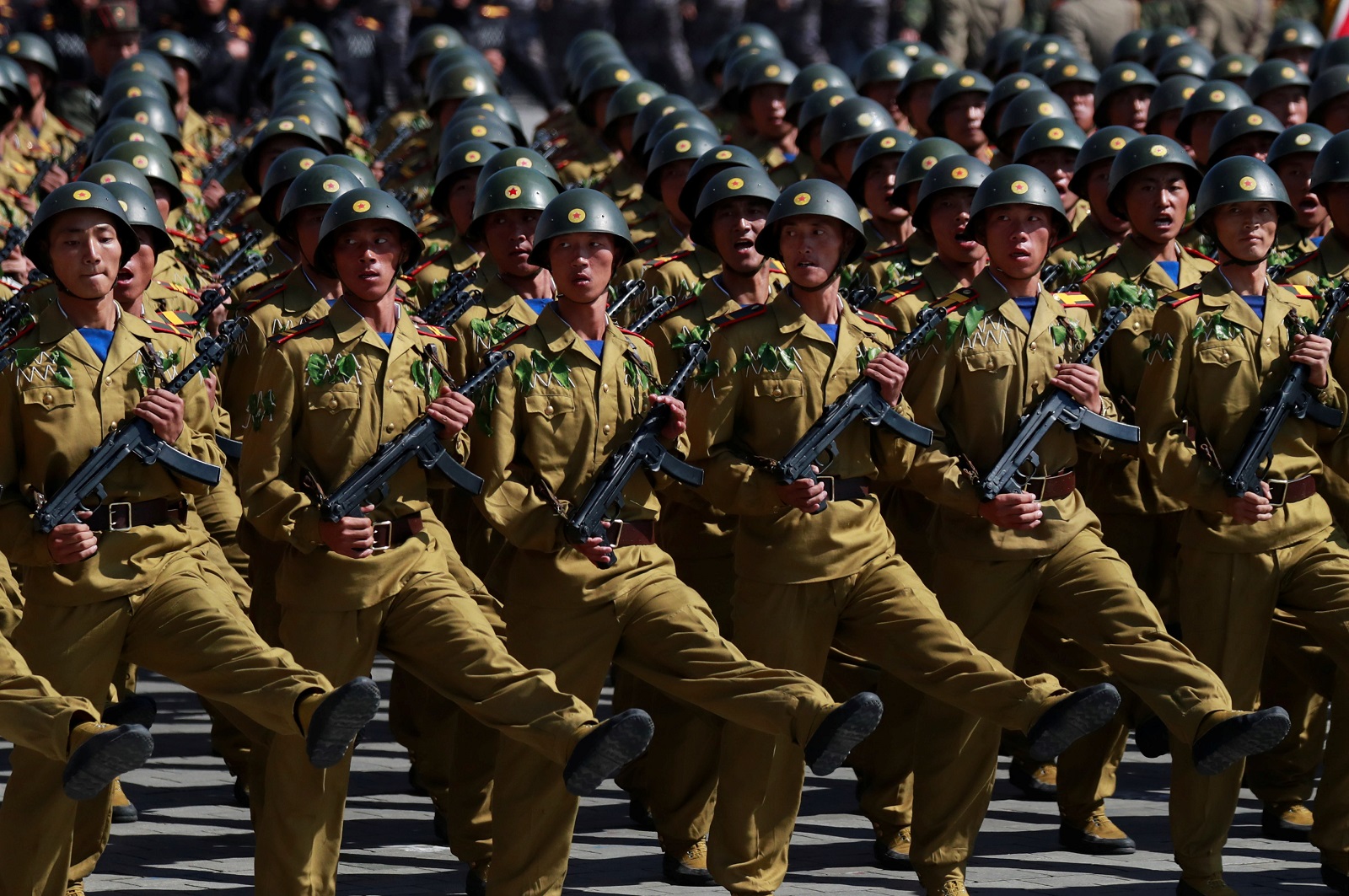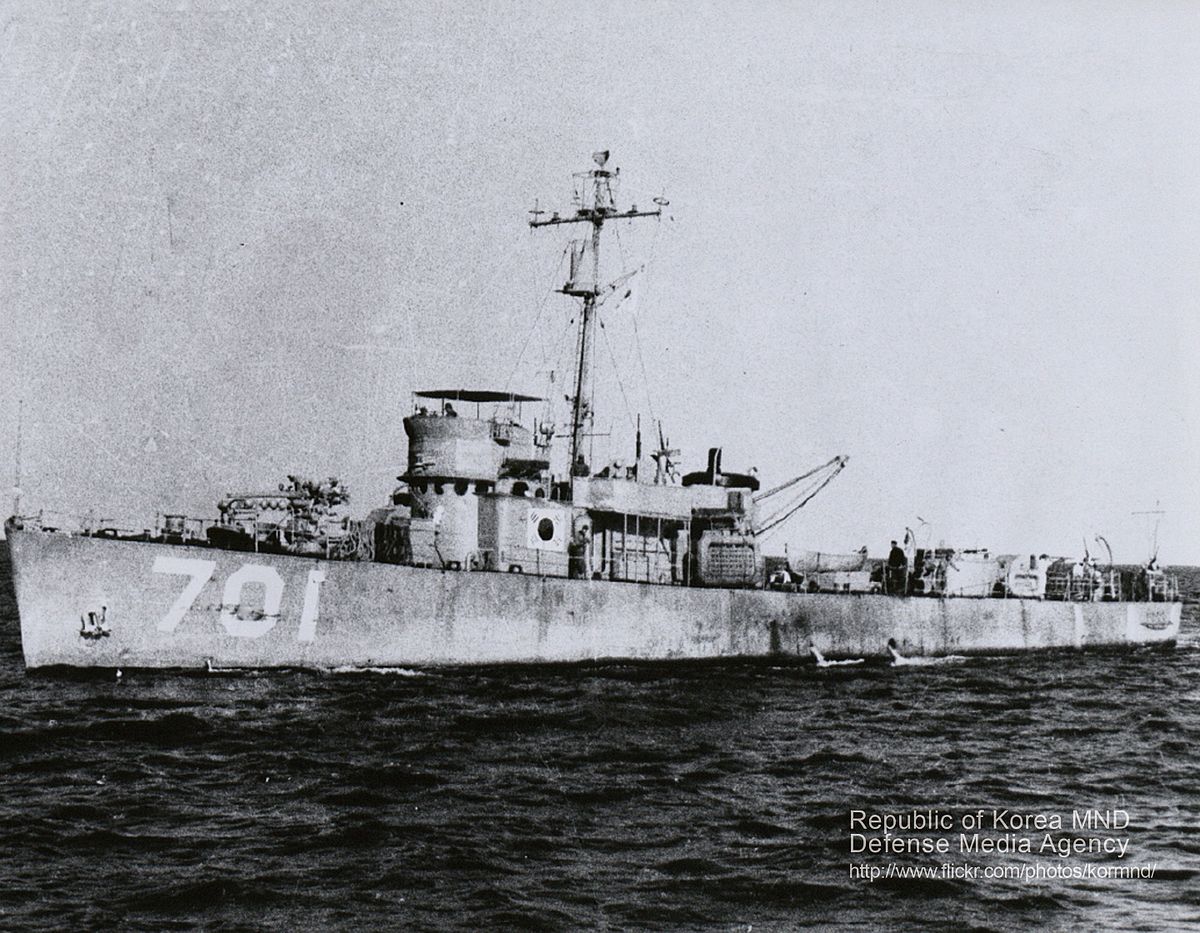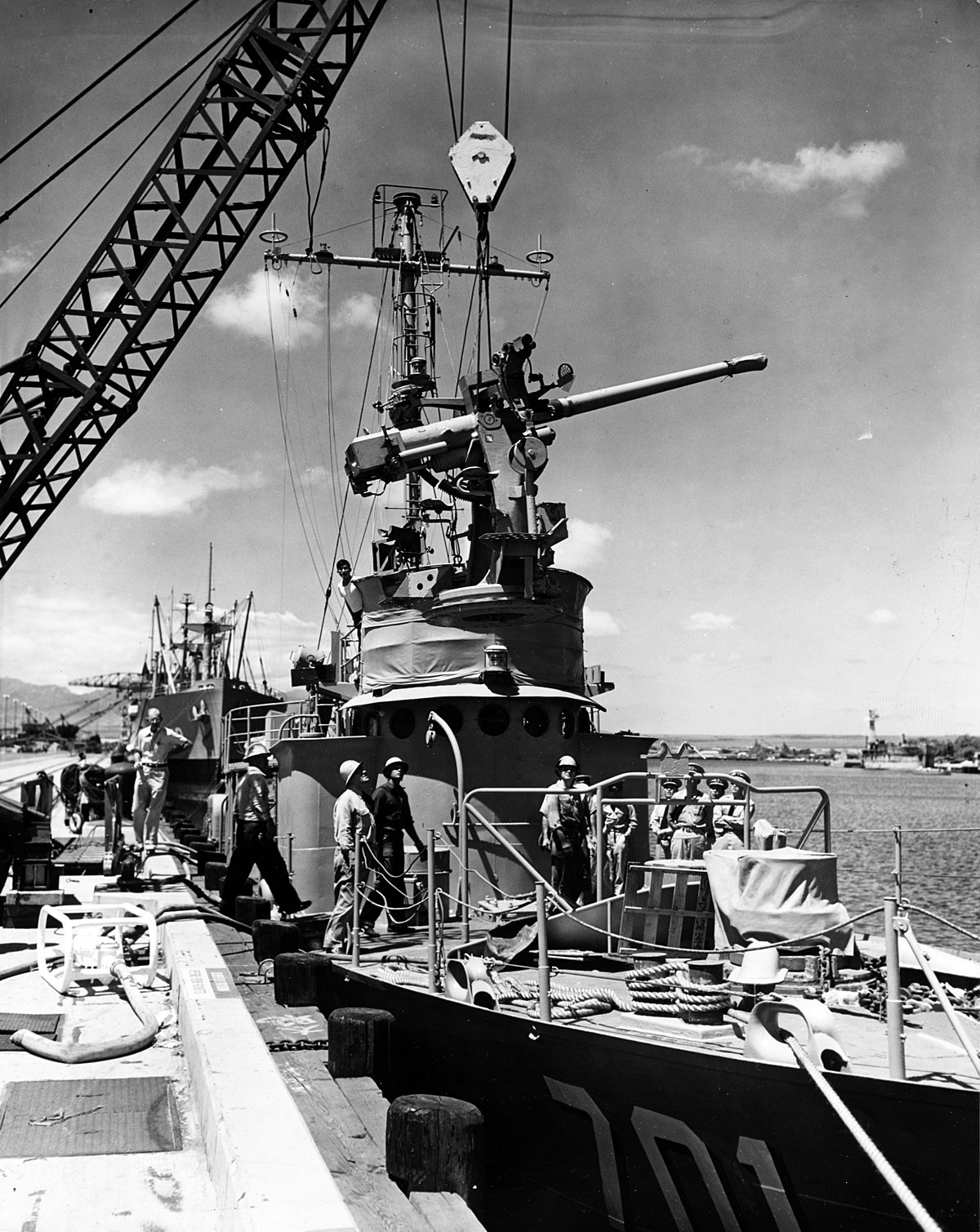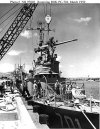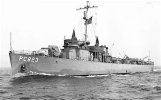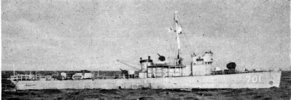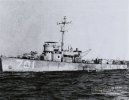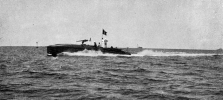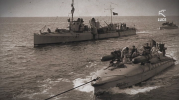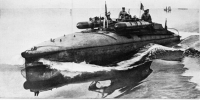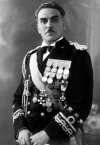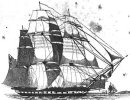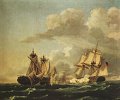HMS Prince of Wales, Pennant #53. Originally to be named
King Edward VIII until said King abdicated the throne, she was one of the 5
King George V battleships built by Great Britain. Hemmed in by the 2nd London Naval Treaty, the British could not wait to start construction and thus armed the ship with ten (originally designed as twelve) 14" main guns. (The main armament of the battleships took the longest time to produce). The US contemporary was the
USS North Carolina. Both battleships were an "unbalanced design" as the
Prince of Wales only mounted 14" main guns but was armored against 16" shells - the
North Carolina was armed with 16" main guns but armored against 14" shells.
Although the ship had the shortest life of any capital ship in the Royal Navy, it was an active life. It fought the
Bismarck in the Battle of Denmark Strait, carried Churchill across the Atlantic to the Atlantic Charter Meeting, served in the Mediterranean and then journeyed to the Pacific where operating with the battlecruiser
Repulse, comprised Force Z to attack troop transports. Interesting that Force Z was supposed to also have the aircraft carrier
Indomitable (does anyone name their ships better than the Brits?) but the carrier ran aground and could not complete the journey. Also, Task Force Z passed within 5 miles of a Japanese force comprised of cruisers and destroyers but the night was so dark neither side saw the other.
On 10 December 1941, Task Force Z was spotted and attacked by Japanese land based bombers. Although the Prince of Wales dodged 7 torpedoes, the eight scored a perfect hit.
The torpedo struck Prince of Wales on the port side aft, abaft "Y" Turret, wrecking the outer propeller shaft on that side and destroying bulkheads to one degree or another along the shaft all the way to B Engine Room. This caused rapid uncontrollable flooding[31] and put the entire electrical system in the after part of the ship out of action. Lacking effective damage control, she soon took on a heavy list. Despite the ship being hit by 3 more torpedoes and a bomb, that one torpedo hit was fatal - this despite the
King George V class being perhaps the best armored battleships outside of the
Yamato class.
Really good article with multiple parts on
www.navygeneralboard.com
An examination of the loss of Prince of Wales and Repulse. Why were two ships sent to protect Singapore against the might of the Japanese Military.

www.navygeneralboard.com
Length: 745 ft, Beam: 103 ft, Displacement: 43,786 tons
Powerplant: 8 boilers feeding 4 turbines produced 110,000 SHP and gave 28.3 knots.
Main armament: ten 14" Mark VII rifles throwing 1,590 lb shells out to 38,600 yards
Secondaries: 16 (8x2) 5.25"/50 calibre dual purpose guns with 80 lb shells (these shells proved to be too heavy to be ideal for anti-aircraft fire as manually loading was very tiring and took longer than the 5"/38" dual purpose guns on US ships)
Anti-aircraft: 32 two pounders
Armor: Main belt: 14.7", Deck: 6", Turret faces: 12.75" Conning tower: 4" (the
King George V was the first class to start reducing conning tower armor to save topside weight) - also, a very good torpedo defense system that had the bad luck of taking the fatal shot outside of it.
Commissioned: 19 Jan 1941, Sunk: 10 Dec 1941
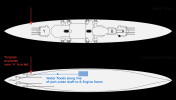
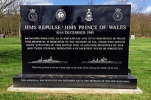
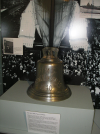 Attribution: Nick Dowling at the English-language Wikipedia
Attribution: Nick Dowling at the English-language Wikipedia
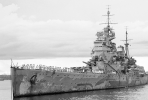 HMS PRINCE OF WALES arrives at Singapore, 4 December 1941.
HMS PRINCE OF WALES arrives at Singapore, 4 December 1941. HMS PRINCE OF WALES coming in to moor at Singapore. The ship was sunk by Japanese torpedoes six days later on 10 December 1941 with great loss of life .
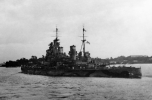 Prince of Wales
Prince of Wales departing Singapore to intercept Japanese transports approaching Malaya, 8 December 1941
